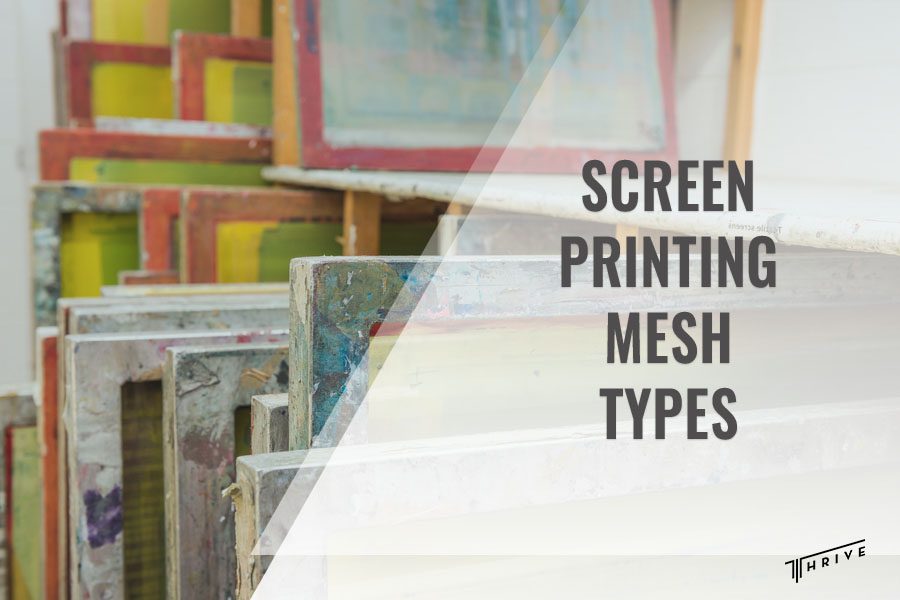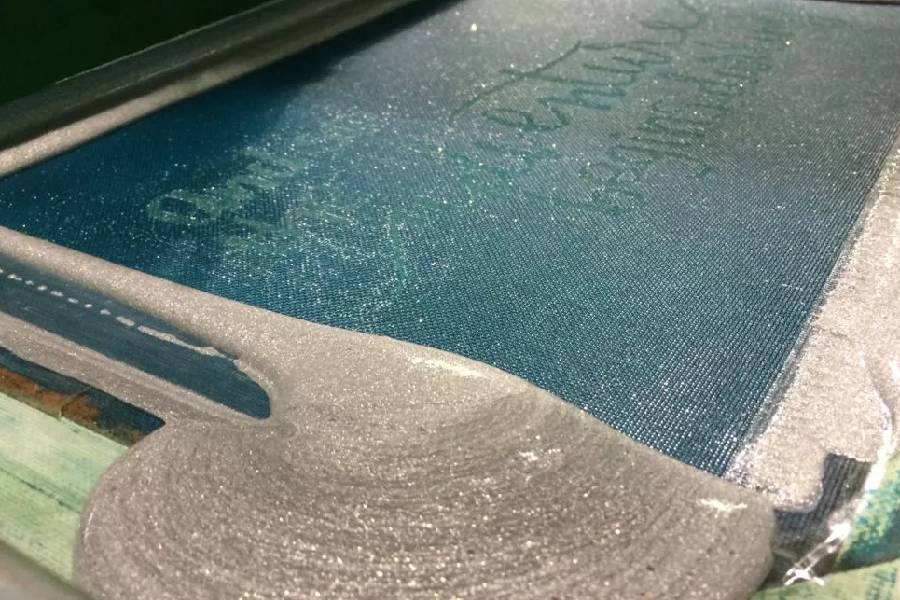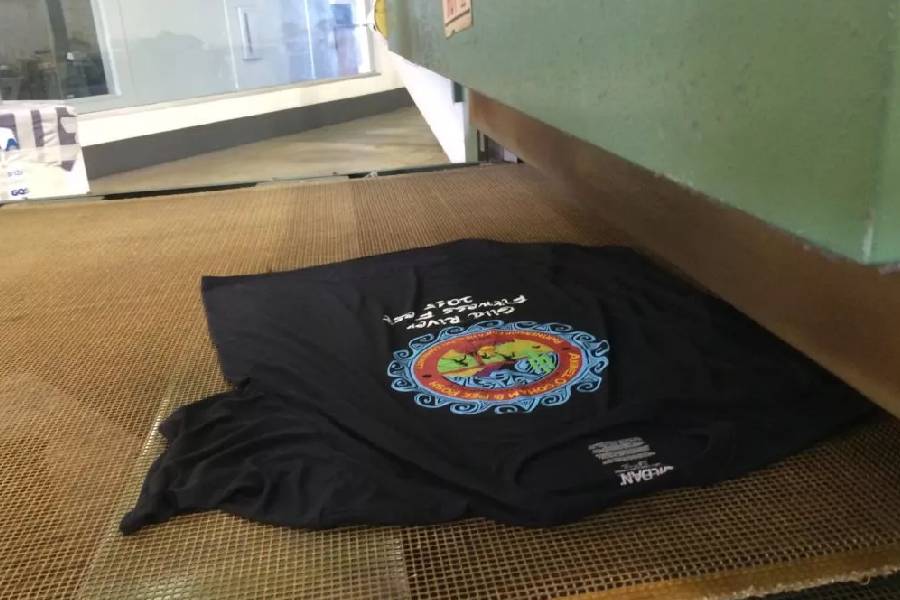
In the world of screen printing, the choice of mesh can make or break the quality of the printing material. Diving into the different screen printing mesh types, you can explore how the choice dictates the vibrancy and details of the print. However, the mesh type is not the only factor determining print quality, as other elements work as silent partners.
In this article, we will offer an overview of the most common mesh types and provide a more thorough explanation of the screen printing process to highlight the value of selecting the right mesh type.
The Basics of Screen Printing Mesh
What is mesh count?
In screen printing, the mesh count represents the number of polyester threads crossing each other per square. Mesh size plays a critical role in screen printing. It’s directly correlated to the type of material that you’ll be printing on. Since different garment types absorb different amounts of print ink, the screen printing mesh should match the type of material to achieve optimal prints.
Usually, when we are working on prints for absorbent materials like canvas and fabrics, we tend to go with the 90-grade mesh. Using non-absorbent materials such as ceramics, plastic, or glass usually calls for 200-grade mesh.

Mesh count and ink compatibility
Choosing the type of mesh based solely on the material will not bring the best results, as ink types also play a role in screen printing. Inks have different viscosities, and the mesh type must match this viscosity for the ink to pass through.
For instance, water-based inks are paired with higher mesh sizes that restrict the ink from flooding through. Simply put, lower mesh counts have larger holes that allow more ink to pass through, while higher mesh sizes come with smaller openings.
Common Screen Printing Mesh Types
While companies may advertise different mesh counts, it’s important to remember that the difference between close digits is negligible. For instance, mesh counts of 81 and 86 are fairly close, and no drastic change exists.
In general, there is no better way of knowing what mesh to use for screen printing than consulting a screen printing mesh size chart. While keeping a close eye on chart recommendations is a good idea, we also recommend experimenting with similar mesh sizes to find which count works best.
As anyone who’s caught a short glimpse of a mesh size chart will tell you, there is an array of screen printing mesh types. This is why we decided to offer insight only to the most common mesh counts.
Standard mesh counts
110 and 156 mesh count
110 and 156 are widely regarded as the two most standard mesh count sizes used in the industry. The 156 count allows for a moderate amount of ink and detailed image capability, while the 110 count offers a thick layer of ink.
The 110 mesh count is regularly used for garment types such as T-shirts and sweats but also finds its use in canvas and glass printing. These are also the most versatile mesh sizes as they work with various inks, including plastisol colors, poly inks, HSA water-based inks, and more.
High mesh counts
230 mesh count
Thinner inks and fine detail images prefer mesh counts higher than 200. High mesh counts are precise and make the perfect choice for getting a thin layer of ink over the underbase. Mesh sizes higher than 200 are reserved for solvent and water-based inks.
305 mesh count
The 305 mesh count doesn’t allow much ink to go through, making it the optimal choice for materials that require superior ink control and sharpness. Being at the top of the scale, this mesh count helps achieve the highest level of detail.
Moreover, mesh counts of 305 are a staple in UV ink graphic printing. These are usually involved in printing satin, paper, metal, and plastic.
Low mesh count
38 and 86 mesh count
Lower mesh counts are usually used with shimmer and glimmer inks. These inks are used in specialty printing as they contain special glitter flakes. When the mesh count is too high, the glitter gets caught, and none of it will be transferred onto the desired material.
Mesh counts between 36 and 64 are seen as ideal for glitter inks. On the other hand, shimmer inks go best with mesh counts around 84. Generally, lower mesh counts are usually used in clothes printing.

Conclusion
Looking through the different screen printing mesh types, we find that the easiest way to choose the right match is by considering the type of materials and ink involved in the process. It’s important to note that there is no “right” mesh count in screen printing.
As often happens, using a mesh size within the close range of the recommended one may offer more satisfactory results. Finding the right mesh types requires experimenting with different screen printing mesh sizes. Still, keeping general recommendations in mind is preferred.

Robert Fisher is the founder and CEO of Thrive Screen Printing and brings extensive experience in the screen printing and fulfillment industry.

